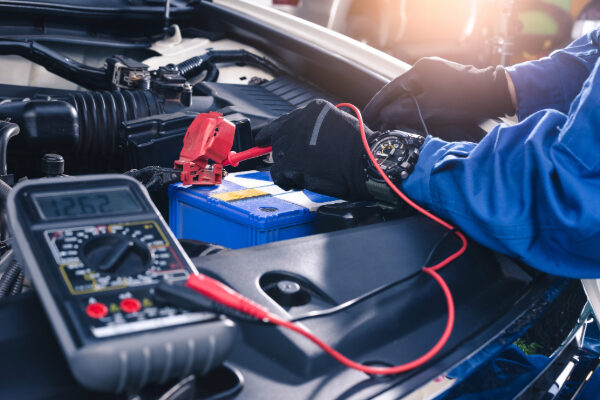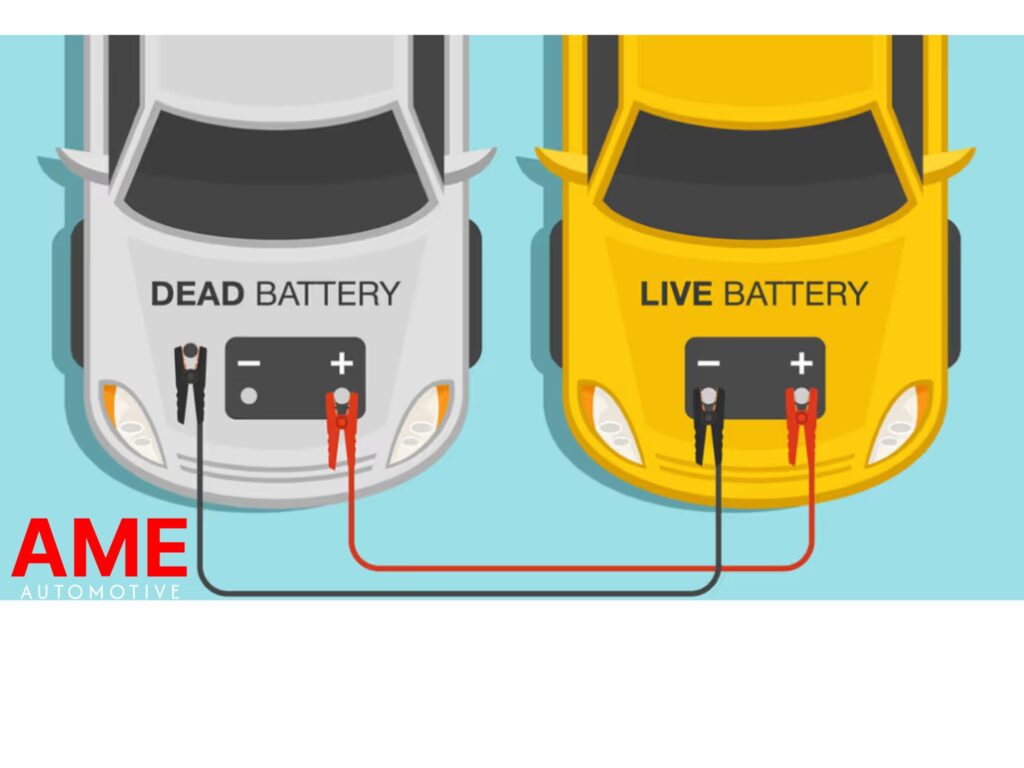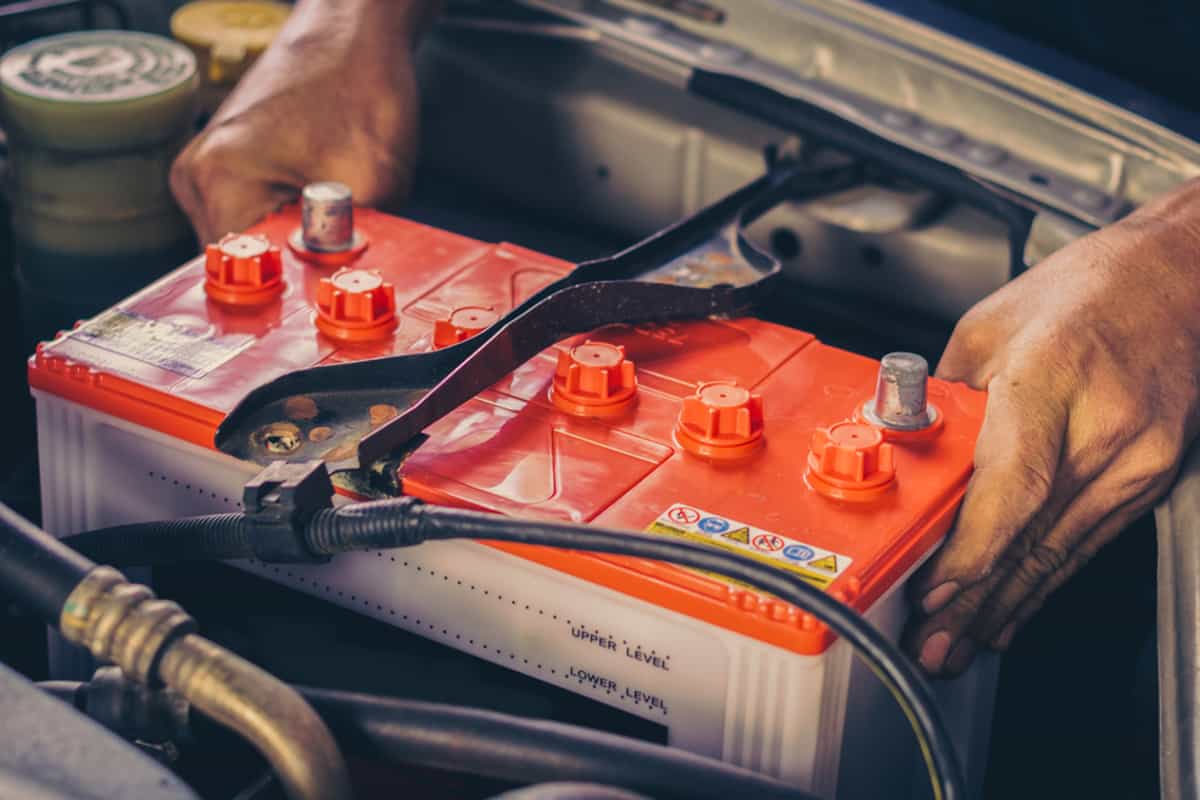Whether you’re navigating the bustling streets of Lagos or driving through the suburbs of London or Los Angeles, one thing remains constant — your car’s battery is essential to everything. Without it, your vehicle won’t start, and critical electronics fail to operate. Unfortunately, extreme weather — especially heat — can shorten a battery’s lifespan. In this guide, we’ll explore practical tips for maintaining your car battery in Nigeria’s hot climate, while also offering globally relevant advice for car owners everywhere.
Understanding How Car Batteries Work
A car battery stores electrical energy and provides the power needed to start the engine and run electrical components like lights, radio, and onboard computers. Most vehicles use a 12-volt lead-acid battery, which relies on a chemical reaction between lead plates and sulfuric acid to produce electricity.

How Heat and Cold Weather Affect Your Car Battery’s Lifespan
Both extreme heat and cold can reduce battery performance and lifespan. Here’s how:
- High heat (common in Nigeria and many tropical countries) speeds up internal corrosion, evaporates battery fluids, and damages internal components.
- Extreme cold (seen in parts of Europe, North America, and Asia) slows chemical reactions and reduces the battery’s ability to produce power.
Early Warning Signs Your Car Battery Is Failing
Here’s how to spot a weak or dying battery early, no matter where you are in the world:
- Slow engine crank: The engine struggles or takes longer than usual to start.
- Dim headlights: Lights are not as bright, especially when idling.
- Electrical issues: Radio, dashboard lights, or power windows malfunction.
- Check battery warning light: Appears on the dashboard.
- Swollen or corroded battery case: Caused by heat or leaking acid.
How Long Does a Car Battery Last?
Battery lifespan depends on the climate, driving habits, and maintenance. Typically:
- In hot climates like Nigeria: 2–3 years is common.
- In temperate/cold climates: 3–5 years is more typical.
Top Battery Maintenance Tips (For All Climates)
- Keep it clean: Regularly clean battery terminals to prevent corrosion. Use a brush and baking soda solution if needed.
- Check electrolyte levels: For non-sealed batteries, make sure fluid levels are adequate and top up with distilled water if necessary.
- Secure the battery: Ensure it’s properly fastened to avoid vibrations that can damage internal components.
- Limit short trips: Frequent short journeys don’t give the battery time to recharge. Mix in longer drives when possible.
- Turn off electronics when parked: Don’t leave lights, radios, or AC on with the engine off.
- Use a battery tester: Test the battery voltage regularly with a multimeter or have a mechanic check it during service.

Essential Car Battery Maintenance Tips for Hot Climates (Nigeria Focus)
- Park in shaded areas: Reduce heat exposure by avoiding prolonged parking in direct sunlight.
- Use heat-resistant battery covers: These help insulate the battery and regulate temperature.
- Choose the right battery for your climate: Look for a battery with higher heat-resistance ratings or made specifically for tropical environments.
Cold Climate Car Battery Care: What You Need to Know
- Keep the battery warm: Use battery warmers or park in a garage if temperatures drop significantly.
- Use a higher CCA-rated battery: Cold Cranking Amps (CCA) measure the battery’s ability to start in the cold — essential in freezing climates.
When to Replace Your Battery
If your battery is more than 3 years old and you’re experiencing symptoms like slow starts or dim lights, get it tested. Even if it’s not dead, replacing it proactively can save you from being stranded on the road.
How to Jump-Start a Car (Quick Guide)

- Park a good battery car next to the dead car and turn both off.
- Connect red clamp to the dead battery’s positive terminal (+).
- Connect the other red clamp to the good battery’s positive terminal (+).
- Connect black clamp to the good battery’s negative terminal (−).
- Connect the last black clamp to a clean, unpainted metal surface on the dead car’s engine block.
- Start the good car, wait a minute, then start the dead car.
- Once running, remove cables in reverse order and drive the revived car for 15–30 minutes.
Why Hybrid Vehicles Should Never Be Used for Jump-Starting
DO NOT jumpstart a car with an HYBRID vehicle. DO NOT use them as donor vehicles.
This is because the auxiliary battery which is the power source for lighting systems, the ECU, and a few other computer systems is not built to withstand large loads. Therefore, if the large load (current) needed by a starter is demanded from that circuit by the car with the dead battery, it will blow the fuse in the hybrid vehicle, making the hybrid vehicle disabled to start.
Conclusion
Your car battery is more sensitive than you think. Whether you’re dealing with Nigeria’s searing heat or Canada’s icy cold, battery maintenance is essential for vehicle reliability. With regular checks, smart driving habits, and timely replacement, you can extend battery life and avoid the dreaded click-click of a dead engine when you least expect it.

